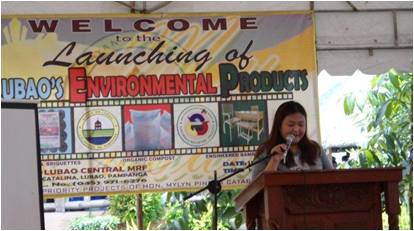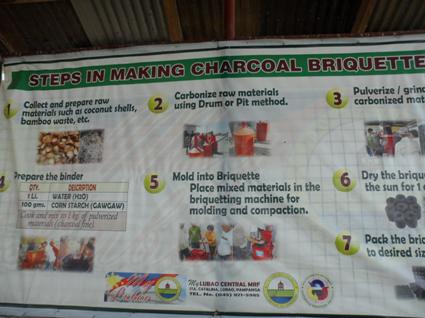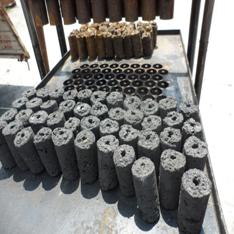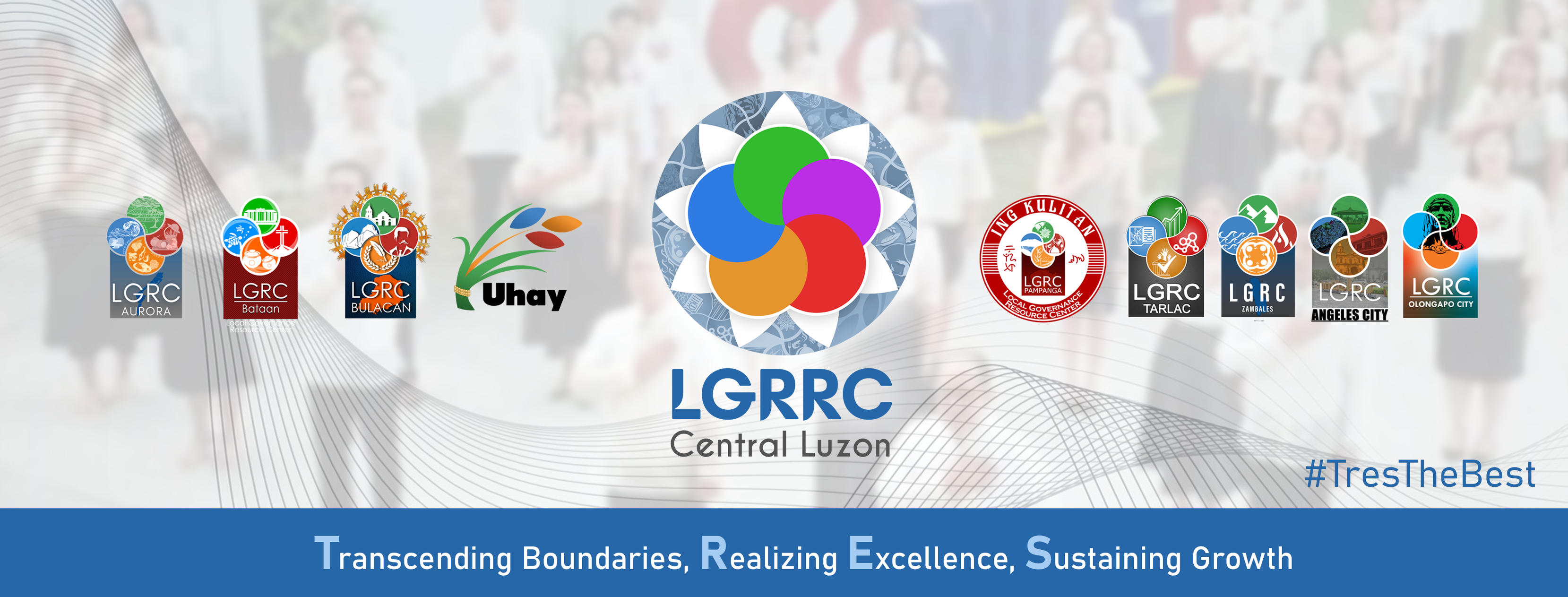- Details
- Written by LGOO II Josephine Villanueva
Municipality of Lubao, Pampanga - The First Ever to have Zero Waste-to-Energy Facility in the Country
In order to help solve ga rbage problems and enhance the solid waste management in the province, a facility which will have a capacity to process waste to green energy or electric power was launched on July 11, 2011 and will soon rise in a 5-hectare land in Barangay Santa Catalina, Lubao, Pampanga. Said facility can accommodate 800 metric tons per day, almost commensurate to the daily output of 1.5 metric tons of each of the province’s 505 barangays.
rbage problems and enhance the solid waste management in the province, a facility which will have a capacity to process waste to green energy or electric power was launched on July 11, 2011 and will soon rise in a 5-hectare land in Barangay Santa Catalina, Lubao, Pampanga. Said facility can accommodate 800 metric tons per day, almost commensurate to the daily output of 1.5 metric tons of each of the province’s 505 barangays.
The project has three phases, in which the first phase will take on household waste and then green and industrial waste next. The first phase, worth US$50 million, is being undertaken by the MacKay Group, an independent power producer (IPP) in cooperation with the Provincial Government and Pampanga Green Management.
The local officials of the Municipality of Lubao welcomed and are eager to push through with the project. Moreso, Governor Lilia Pineda, Vice-Governor Joseller Guiao, all the Sangguniang Panlalawigan Members, Pampanga Mayors League, non-government organizations and national government agencies like the Department of Environment and Natural Resources are in support of the project, having the faith that this is a major breakthrough and once realized, this project will become a legacy of the present administration.
PART II LUBAO’S PRIDE - ENVIRONMENTAL PRODUCTS
On September 9, 2011, the Municipality of Lubao held the Launching of their Environmental Products – the charcoal briquettes, the organic compost and the engineered bamboo furniture – all being done at the Central Materials Recovery Facility of the municipality in Barangay Sta. Catalina.
These environmental products were introduced to the public to create an environmental awareness by utilizing waste materials to generate a renewable resource. People can re-vitalize the soil without using commercial fertilizer. The organic compost is a soil conditioner made from biodegradable agricultural and household waste, with nitrogen, potassium and phosphorous value, long term effect on soil, plant growth stimulant, renewable resource and environment friendly.
From waste to energy products, they can create a good quality charcoal without cutting a single tree nor a single branch. Charcoal briquettes are “uling” made from coconut and bamboo waste: 100% organic, renewable resource, burns hotter, lasts longer, smokeless and environment-friendly. The importance of these charcoal briquettes include reduced cutting of wood, generation of livelihood for people and communities willing to produce the briquettes. It also mitigates carbon dioxide emission as these briquettes give out a clean flame. It is also an answer to the LPG crisis.
Lubao also takes pride in producing equally durable engineered bamboo furniture without affecting the ecological balance of our environment. The furniture are made from robust grass, extremely durable, resistant to swelling and shrinking and eco-friendly.
The production of these bamboo furniture originated from Lubao’s commitment of saving our trees in the forest. Part of the commitment is the Establishment of the Sta. Catalina Bamboo Negosyo Village Project. Said project is a community-based livelihood establishment which could support the Municipality of Lubao in the improvement of their local economy especially in the agricultural sector. It is located in the 24-hectare Municipal and Agro-Industrial Farms and Ecological Waste Processing Center in Barangay Sta. Catalina. To further carry out the commitment, the LGU planted 2,600 bamboo propagules in the riverbanks of Barangay Sta. Catalina and nearby villages. The eager municipality, in coordination with Pampanga Bamboo Development Council (PBDC) and College Industry Technology Cente r (CITC) then conducted the Bamboo Node Skills Training and Technology Transfer. It was followed by the construction of 200 sq.m. building worth P1 Million which shall serve as center for the operation of the proposed node and hub inside the Sta. Catalina Bamboo Negosyo Village. Part of Lubao ‘s committed equity for the project are the building, the personnel and the strong determination to succeed. They envision the LGU to be one of the leading producers of engineered bamboo products in the region within the next three years.
r (CITC) then conducted the Bamboo Node Skills Training and Technology Transfer. It was followed by the construction of 200 sq.m. building worth P1 Million which shall serve as center for the operation of the proposed node and hub inside the Sta. Catalina Bamboo Negosyo Village. Part of Lubao ‘s committed equity for the project are the building, the personnel and the strong determination to succeed. They envision the LGU to be one of the leading producers of engineered bamboo products in the region within the next three years.





















 LOCAL GOVERNMENT ACADEMY
LOCAL GOVERNMENT ACADEMY PHILIPPINE NATIONAL POLICE
PHILIPPINE NATIONAL POLICE BUREAU OF FIRE PROTECTION
BUREAU OF FIRE PROTECTION
 PHILIPPINE PUBLIC SAFETY COLLEGE
PHILIPPINE PUBLIC SAFETY COLLEGE NATIONAL POLICE COMMISSION
NATIONAL POLICE COMMISSION